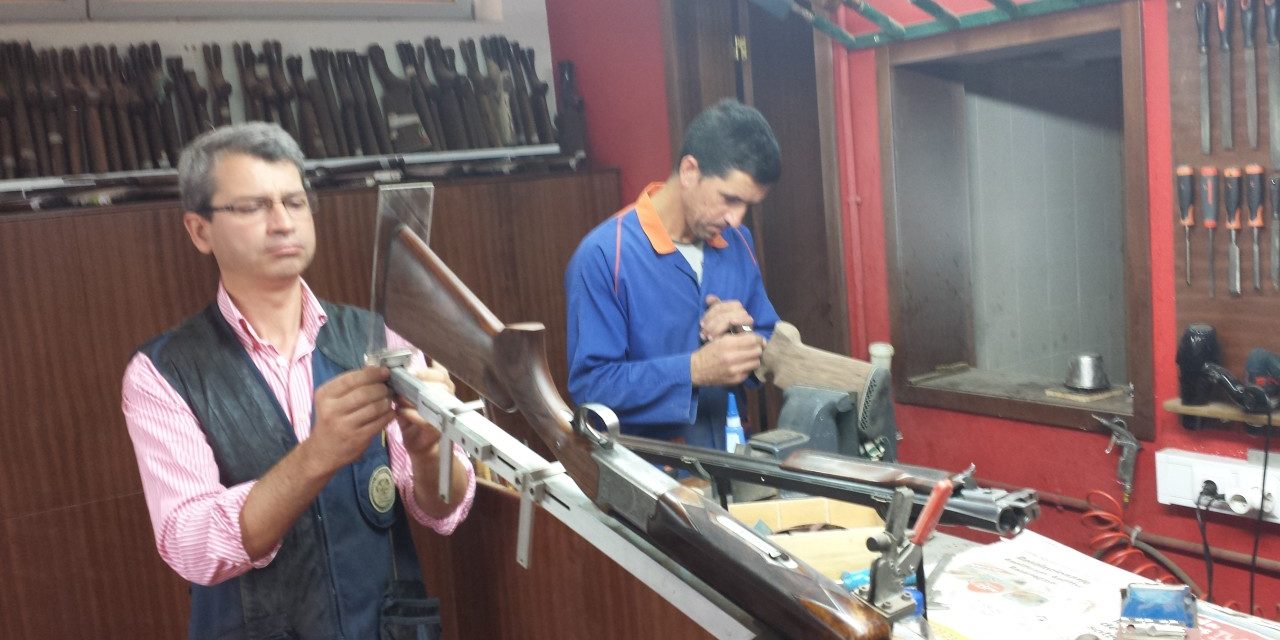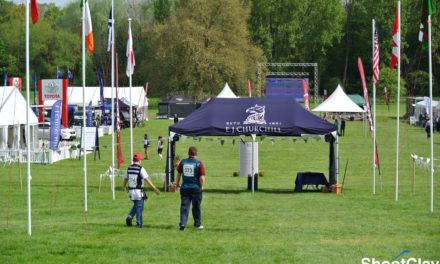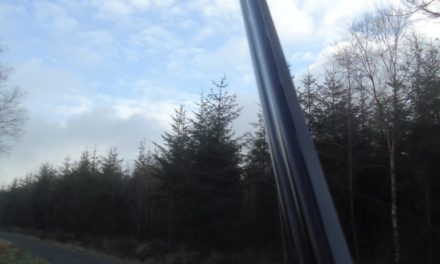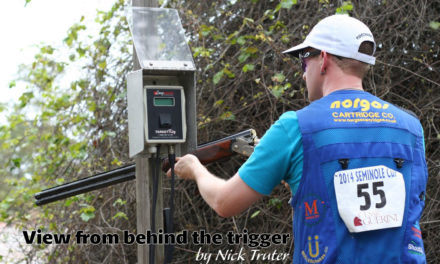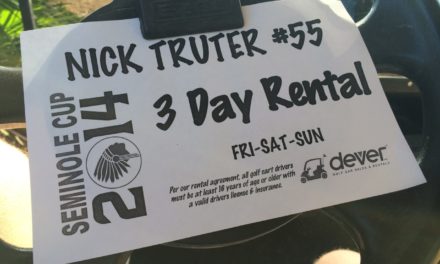When Trap Shooter Phil Rowley decided to get a new stock made in Portugal, he documented the journey for ShootClay readers. Grab a cup of tea and settle down to share his experience. Massive thanks to Phil for putting together his account of a trip to Portugal.
Finding a great service
I was in Portugal in June last year at the San Pedro De Rates shooting ground near Povoa de Varzim, about 20 minutes away from Porto airport, for the FITASC Universal Trench European Championships. I was attending as a member of FITASC’s Technical Commission and also to compete in the event. At the Commission’s opening ceremony dinner I met Nuno Ferreira whose family own the four star SaoFelix Hotel which is a five minute drive from the shooting ground.
Nuno told me that his hotel and Manuel Ricardo, a renowned stockmaker and gunsmith based at the shooting ground, had teamed up to provide a service for shooters who wanted a new stock made. The shooter would fly into Porto airport, be picked up by the hotel minibus, taken to the hotel to check in with their luggage and then to the shooting ground to meet Manuel. The minibus would then take them daily to and from the shooting ground whilst their stock was being made, and if time allowed, a trip down to Povoa, the local coastal resort and return them to the airport at the end of their trip. As an added bonus Nuno would also offer a discount on the hotel’s room rate advertised on the internet. This sounded pretty good to me as it saved the cost of hiring a car and finding hotel accommodation and travel time to and from the shooting ground.
Nuno wanted to introduce me to Manuel and I was keen to meet him. I’d previously had stocks made by at the Perazzi factory and a couple of other stock makers in Italy and was mulling over the idea of a trip later in the year to get a new stock made. The thing that appealed to me about Manuel, before even meeting him, was that his workshop is at the shooting range and a huge plus point was I could shoot the stock and any minor alterations necessary could be made there and then.
The problem with having a stock made in Italy is that most of the stock makers are over an hour away from the nearest shooting ground and if a problem is identified with the stock whilst shooting then it takes time to get back to have it rectified and return to test it again. That’s fine if enough time has been factored into the trip but not so good if the trip is on a tight timescale. I’ve heard plenty of stories of fellow shooters who’ve had stocks made by various companies and have returned home without even test firing them only to discover at home it isn’t right and it’s either been put aside and the old stock put back into use, or it’s been subject to alterations here. What feels right in the artificial environment of a workshop can feel vastly different in the actual process of shooting.
Diagnosis and Planning
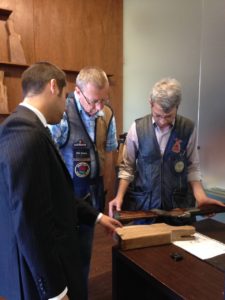 With great anticipation I met Manuel the next day. He asked to see my gun and checked the stock dimensions of my Miroku MK38 and then had a look at me with the gun mounted. I’m experienced enough to know the stock wasn’t quite right, and he noted several points that could do with attention, the first being the drop from front to rear of the comb wasn’t standard, in past ownership the comb had been lowered from the standard 35/45mm to 37/45mm and he felt it would be better for me to have the drop 37/47mm. It had already been cast on for the previous leftie owner and that was OK. Miroku’s standard length of pull (365mm) is too short for me, but I’d already lengthened it with a spacer and Kickeez pad to take it up to 380mm and Manuel was happy with that dimension too.
With great anticipation I met Manuel the next day. He asked to see my gun and checked the stock dimensions of my Miroku MK38 and then had a look at me with the gun mounted. I’m experienced enough to know the stock wasn’t quite right, and he noted several points that could do with attention, the first being the drop from front to rear of the comb wasn’t standard, in past ownership the comb had been lowered from the standard 35/45mm to 37/45mm and he felt it would be better for me to have the drop 37/47mm. It had already been cast on for the previous leftie owner and that was OK. Miroku’s standard length of pull (365mm) is too short for me, but I’d already lengthened it with a spacer and Kickeez pad to take it up to 380mm and Manuel was happy with that dimension too.
The critical thing was I’d been having an intermittent problem of being unable to fire the second barrel on random occasions, the gun had been checked out and there was nothing wrong with the trigger mechanism, it wasn’t only this gun but other Mirokus I’d used in the past too. I’d never had it happen before in the previous twenty three years of Perazzi MX8 use, I know Perazzi triggers are sublime, but I happen to like shooting the Miroku and wanted to get to the bottom of the problem.
I mentioned it to Manuel and he turned his attention to the grip and suggested the problem lay there. The grip doesn’t fit my hand properly as the radius is too close to the trigger and he reckoned my hand was moving up the grip imperceptibly whilst firing the gun so that I was pulling the trigger upwards instead of straight back, with a slightly different part of my finger. The alterations required would be to increase the radius by removing some wood from the front of the grip and extend the base of the grip downwards with a piece of ebony so that my hand would be lower on the grip itself for a straighter trigger pull. In addition because the way my hand would be holding the grip the nose of the comb would need to be cut back to allow my thumb to close over the top of the grip comfortably.
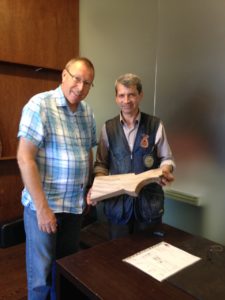 With all this in mind we discussed the best plan of action, either try and modify the existing stock to encompass the alterations required or make a new stock. We both came to the conclusion that it would be better to start from scratch with a new stock, but before anything was done Manuel wanted to see me shoot so he could better gauge what was necessary. Manuel and his workshop staff were very busy with the competition shooters wanting work doing to their guns and we didn’t think whilst shooting a major competition was the best time to have a new stock made.
With all this in mind we discussed the best plan of action, either try and modify the existing stock to encompass the alterations required or make a new stock. We both came to the conclusion that it would be better to start from scratch with a new stock, but before anything was done Manuel wanted to see me shoot so he could better gauge what was necessary. Manuel and his workshop staff were very busy with the competition shooters wanting work doing to their guns and we didn’t think whilst shooting a major competition was the best time to have a new stock made.
Nuno suggested returning at a later date when I could have Manuel’s undivided attention and this seemed the best option. The only thing to do in advance was to look at the range of stock blanks for one suitable to create the stock from. Unfortunately a lot of the blanks that were available had been pre headed up for different makes of gun and Manuel hadn’t got one suitable for a left handed Miroku. He asked if I was happy to leave the selection of the blank to him and he’d have it ready for my return visit.
Making the trip
Once home I checked my diary and found some free time in early July. I checked out flights and Easyjet had reasonably priced flights departing from Gatwick to Porto late Tuesday morning with a return home late Friday afternoon. This would give me a couple of hours with Manuel on Tuesday afternoon, all day Wednesday and Thursday and a couple of hours on Friday morning if needed. I emailed Nuno at the hotel and he sorted out a room and booked my time with Manuel and I then booked the flights for me and my wife, Mary, who was looking forward to a relaxing few days in Portugal.
Nuno was waiting for us as promised in the hotel minibus at the Arrival terminal and within 30 minutes we were at Manuel’s workshop. After a brief chat and a coffee I shot a round of UT with Manuel watching and making notes. Back in the workshop he produced the blank he’d chosen and as it was already headed up it was off with the old and on with the new. As the new stock was going to be pretty close in dimension to the old one Manuel marked up the outline onto the blank to give him an idea of the shape to cut to and headed off to a back room containing the cutting machines. He returned about ten minutes later with the blank in a much more familiar shape complete with butt pad fitted. I mounted it and Manuel checked the fit around the grip and marked up where he needed to remove more wood. He took a little off here and there until we were both satisfied the grip was to my liking and my finger reached the trigger properly. It was now going on for 7pm and we called a halt for the evening and returned to the hotel for a lovely three course meal washed down with a much appreciated chilled bottle of the local Vinho Verde wine.
The hotel is run by the Ferreira family and it was obvious they care very much about their guests. The room was nicely appointed and had a balcony overlooking the swimming pool and a distant view to the sea at Povoa De Varzim. The restaurant was most impressive with either an a la carte or fixed price menu based upon traditional Portuguese dishes.
Perfecting the stock
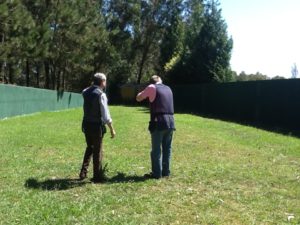 Next day it was back to Manuel’s workshop to find he had transformed the rather rough and ready stock from the previous evening into something that was now able to be shot and it was off to the pattern plates. He has two plates side by side with shooting distances from them marked out in 5m segments so that the first barrel can be checked on one and the second barrel on the other from further away.
Next day it was back to Manuel’s workshop to find he had transformed the rather rough and ready stock from the previous evening into something that was now able to be shot and it was off to the pattern plates. He has two plates side by side with shooting distances from them marked out in 5m segments so that the first barrel can be checked on one and the second barrel on the other from further away.
Manuel checked my eye alignment and got me to shoot at the pattern plate a couple of times first to become accustomed to shooting at a static object. To check for the point of impact the first barrel shots were taken at 30m with the pattern nicely central but too high, way above the aiming point, as was the second barrel taken at 40m. We repeated this several times with the same result. Manuel took the gun back to the workshop several times and increased the drop by taking a little off the top of the comb each time and gradually the pattern came down to roughly the normal 70/30 ratio above and below the aiming point for trap guns.
Crunch time and it was now onto the UT range. I was quite nervous as the stock was now proven to be right for me, but was I right for it! I shot a 22 and 24 with a couple of second barrels and Manuel was satisfied we were nearly there.
We went back to the hotel for lunch and I took the opportunity to ask Manuel about himself. He said that his grandfather had been a gunsmith and stock maker and as a boy he spent as much time as he could watching and learning from him. His father was also a gunsmith in his spare time and he gained experience with him too. Aged 15 he made his first stock for himself and then others for friends. His reputation grew by word of mouth and he decided at the age of 18 to open his own workshop in the village where he lived close to the shooting ground. He opened the premises at the shooting range seven years ago and now employs seven staff in a fully equipped workshop and is able to undertake pretty much all gunsmithing work. From these premises he has made stocks for many well-known successful international shooters including Fatima Galvez Marin (ESP) who was 5th in Women’s Olympic Trap at the London Olympic Games and has now won a Quota Place for the Rio Olympics in 2016.
I shot another couple of good rounds of UT in the afternoon and Manuel was happy there was nothing else to be done to the stock barring the checkering and preparation for oiling, which I prefer to a lacquer finish.
With the stock sorted that left Thursday free and Nuno arranged for us to be driven down to Povoa de Varzim the local seaside town about 15 minutes away. Mary and I spent a pleasant day mooching along the seafront, doing a bit of shopping and having a splendid locally caught fish lunch and generally being tourists. The courtesy minibus picked us up afterwards and took us back to the shooting range to collect the gun and for me to pay my dues.
We had a relaxed breakfast on Friday morning before being driven back to the airport for our flight home and the joys of traversing the M25.
The bottom line
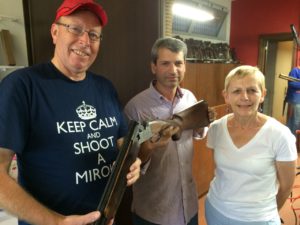 Manuel has a changing selection of gunstock blanks with prices including manufacture starting at 550 Euros for standard wood with a straight grain for boxlock guns such as Beretta, Browning/Miroku and Perazzi. Stock blanks increase in price dependent upon the amount of figure they have.
Manuel has a changing selection of gunstock blanks with prices including manufacture starting at 550 Euros for standard wood with a straight grain for boxlock guns such as Beretta, Browning/Miroku and Perazzi. Stock blanks increase in price dependent upon the amount of figure they have.
My one concern had been that Manuel doesn’t speak English, but Nuno acted as interpreter and also Manuel’s nephew Jorges who works for him speaks good English too. In practice there wasn’t a problem and we all managed to understand each other.
In the cold light of day has the new stock made a difference to my shooting?
Undoubtedly, up to the writing of this article, since returning home I’ve shot 700 UT and ABT registered targets hitting 651 of them which is an average of 93%. To say I’m happy with the stock is an understatement and I haven’t suffered a second barrel glitch at all.
The San Pedro De Rates shooting ground is predominantly for trap shooting although they do have a Compak Sporting range. With advance warning I understand that driven type targets can be arranged too.
If anyone is considering having a new stock made, then don’t just think of Italy, I can highly recommend a trip to Portugal to see Manuel.
These are the links to the SaoFelix Hotel, Manuel Ricardo and San Pedro De Rates websites.

